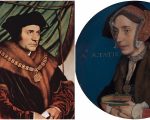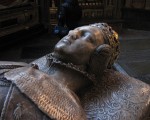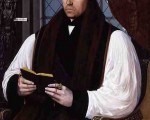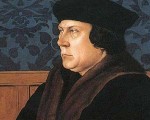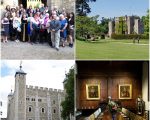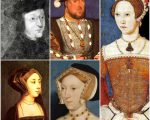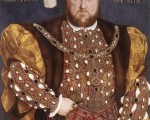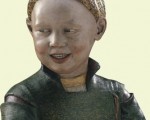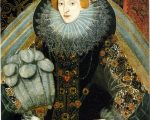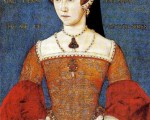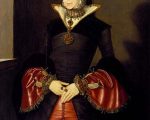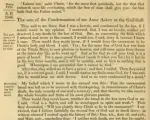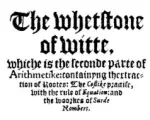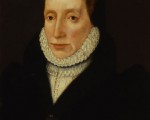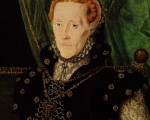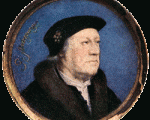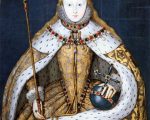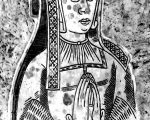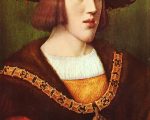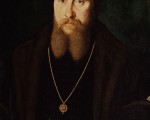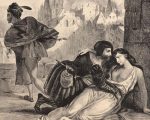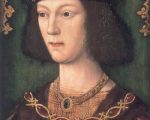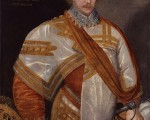
9th July:
1539 – Execution of Sir Adrian Fortescue, courtier and landowner, on Tower Hill. He was condemned for treason by act of attainder, but it is not known what he had done to deserve this. He was beatified in 1895 as a martyr, but historian Richard Rex points out that he is unlikely to have opposed Henry VIII’s supremacy because he was a cousin of Anne Boleyn.
1540 – It was declared that the marriage of King Henry VIII and Anne of Cleves was null and void, and that both parties were free to marry again. The couple had only been married six months.
1553 – Nicholas Ridley, Bishop of London, preached at St Paul’s Cross denouncing Henry VIII’s daughters, Mary and Elizabeth, as bastards. The congregation were “sore annoyed with his words”.
1553 – The Duke of Northumberland officially informed Lady Jane Grey of Edward VI’s death in front of the Council and nobles, going on to explain the terms of Edward’s will which named Lady Jane Grey as the heir to the throne. Lady Jane Grey accepted that she was Queen.
1553 – Mary (future Mary I) wrote to the Privy Council stating her claim to the throne and demanding their allegiance. Click here to read more.
While Mary was writing this letter, John Dudley, Duke of Northumberland, was informing his daughter-in-law, Lady Jane Grey, of Edward VI’s death and informing her that the King had nominated her as his successor. Jane collapsed weeping and declared “The crown is not my right and pleases me not. The Lady Mary is the rightful heir.” Northumberland and Jane’s parents then explained Edward’s wishes to the distressed Jane, and she accepted the crown as her duty.
1575 (9th-27th) – Elizabeth I was entertained at Kenilworth Castle by Robert Dudley, Earl of Leicester. It was a special visit in that it lasted nineteen days and was the longest stay at a courtier’s house in any of her royal progresses.
1586 – Death of Edward Sutton, 4th Baron Dudley, soldier and landowner, at Westminster. He was buried in St Margaret’s, Westminster. Sutton served as a soldier in Henry VIII’s reign in Ireland and Boulogne, and in Edward VI’s reign against the Scots. He was made a Knight of the Bath at Mary I’s coronation, and then given Lordship of Dudley Castle, where he entertained Elizabeth I in 1575.


